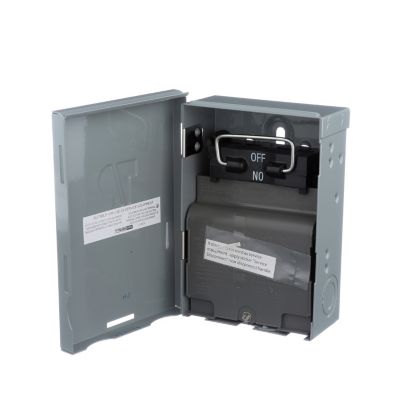Blog
What is a Disconnect Box?
A disconnect box, also known as a disconnect switch or electrical disconnect, is a device used to disconnect electrical power from an appliance or equipment. It is commonly employed in the installation of electrical systems, including heating, ventilation, and air conditioning (HVAC) units, like mini-split systems.
Here are the key features and functions of a disconnect box:
- Safety and Maintenance:
- The primary purpose of a disconnect box is to provide a way to safely disconnect electrical power to a device for maintenance or repair purposes. It allows technicians to work on the system without the risk of electric shock.
- Compliance with Electrical Codes:
- Electrical codes often require the installation of a disconnect switch for certain types of equipment to ensure compliance with safety standards.
- Easy Access:
- Disconnect boxes are typically installed near the equipment they control, providing easy access in case of an emergency or maintenance needs.
- Local Disconnect:
- A disconnect box provides a local means of disconnecting power. This is especially important for safety, as it allows individuals to quickly cut power to a specific piece of equipment without affecting the entire electrical system.
- Design and Components:
- Disconnect boxes are usually sturdy, weatherproof enclosures that house the switch mechanism. The switch inside the box can be of various types, such as a knife switch, pull-out switch, or circuit breaker, depending on the specific application and electrical code requirements.
- Mini-Split System Installation:
- In the context of a mini-split system, a disconnect box is often installed near the outdoor condenser unit. It allows for the easy and safe disconnection of power to the outdoor unit during maintenance, servicing, or emergencies.
When installing a mini-split system, the disconnect box is typically wired between the electrical panel and the outdoor unit. It serves as a convenient point for isolating the power supply to the outdoor condenser, ensuring the safety of technicians and maintenance personnel.
As with any electrical work, it’s essential to follow local electrical codes and manufacturer specifications when installing a disconnect box or any other components of an HVAC system. If you’re unsure about the installation process, it’s advisable to consult with a licensed electrician or HVAC professional.


